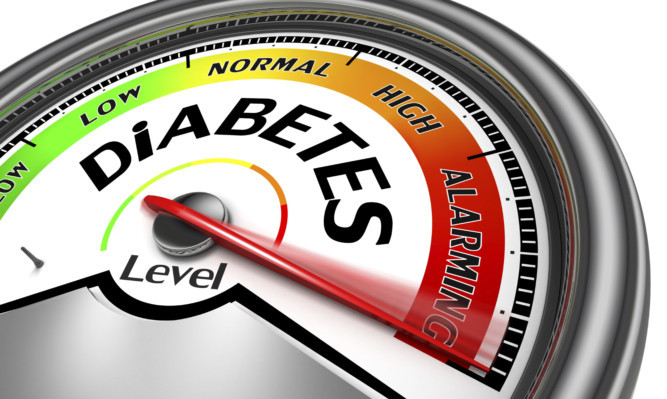A campaign has been launched to encourage parents and medics to spot the warning signs of type 1 diabetes as early as possible.
Early diagnosis in children can prevent a potentially life-threatening condition called diabetic ketoacidosis (DKA), where a severe lack of insulin leads to the body starting to break down other tissue as an alternative energy source to glucose.
About one in four children who are diagnosed with type 1 diabetes already have DKA, rising to one in three those under five.
Warning signs of type 1 diabetes can include increased thirst, feeling more tired, losing weight and needing to go to the toilet more often.
Jane-Claire Judson, director of Diabetes Scotland, said: “A diagnosis of type 1 diabetes is a lot for any child and their family to take in and respond to.
“It fundamentally changes a child’s life and has significant repercussions for the family and how they live their lives.
“What can make this transition even harder is if your child’s symptoms are not picked up early and they experience severe diabetic ketoacidosis.
“This is an avoidable situation and one that is traumatic and can have long-lasting impact on the child and the family.
“DKA can lead to coma and brain damage. GPs will see more children displaying the signs and symptoms of type 1 diabetes than they will meningitis, and yet awareness of type 1 is lower.”
Scotland has the fifth highest incidence of type 1 diabetes globally and this is increasing by about 3% a year in common with most western countries.
The condition is not associated with lifestyle factors and the reasons why rates are increasing are not fully understood.
Public health minister Maureen Watt said: “Sadly, there are still children who are seriously ill by the time they are diagnosed with onset type 1 diabetes.
“This causes unnecessary suffering to them and to their families. By spotting the early warning signs and getting tested, all this can be avoided.
“If your child has lost weight, is going to the toilet more often, is feeling constantly tired or is more thirsty, take them to the GP as soon as you can.
“Your doctor will carry out a simple test and, if necessary, they will be referred to a specialist.”
